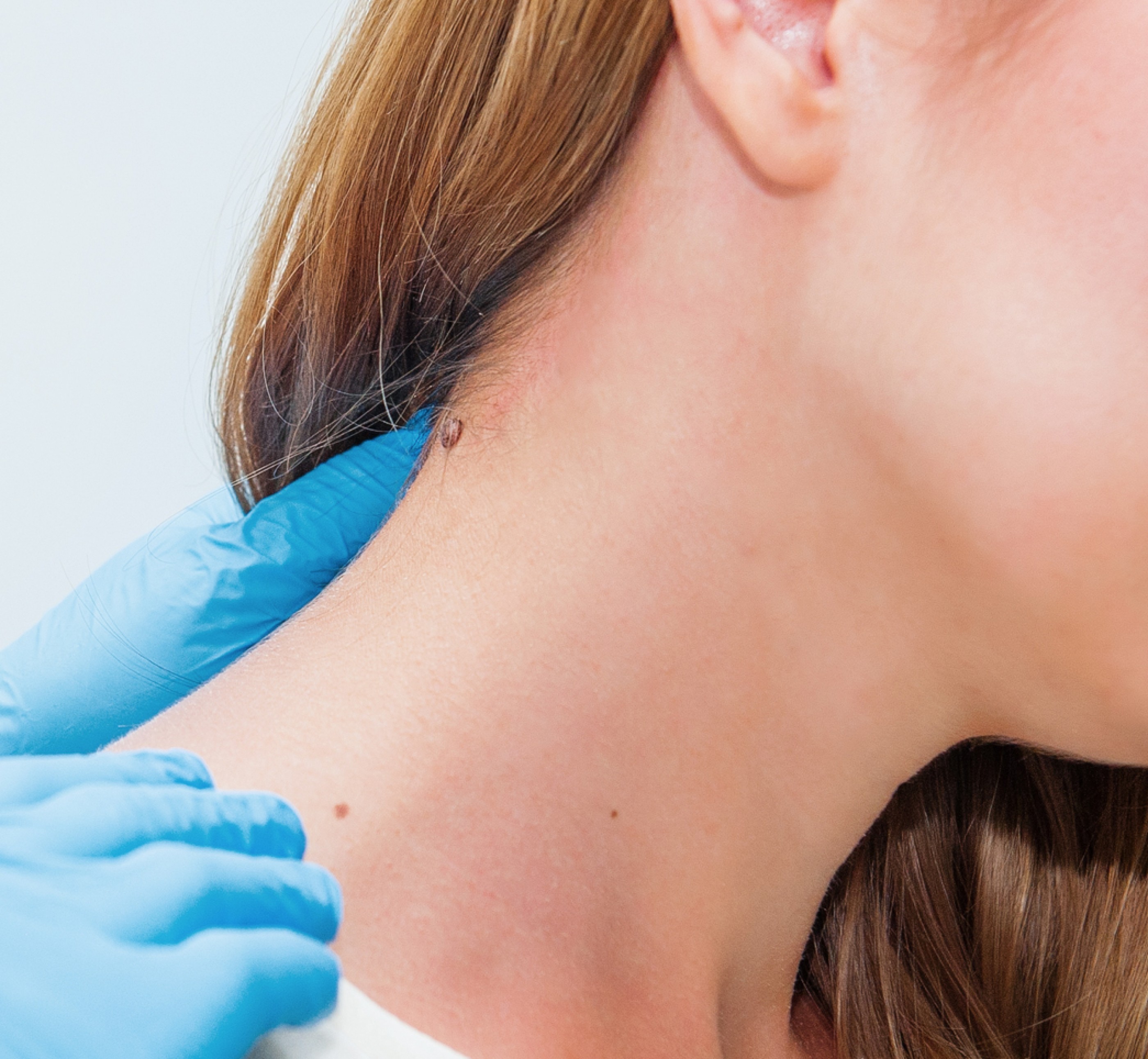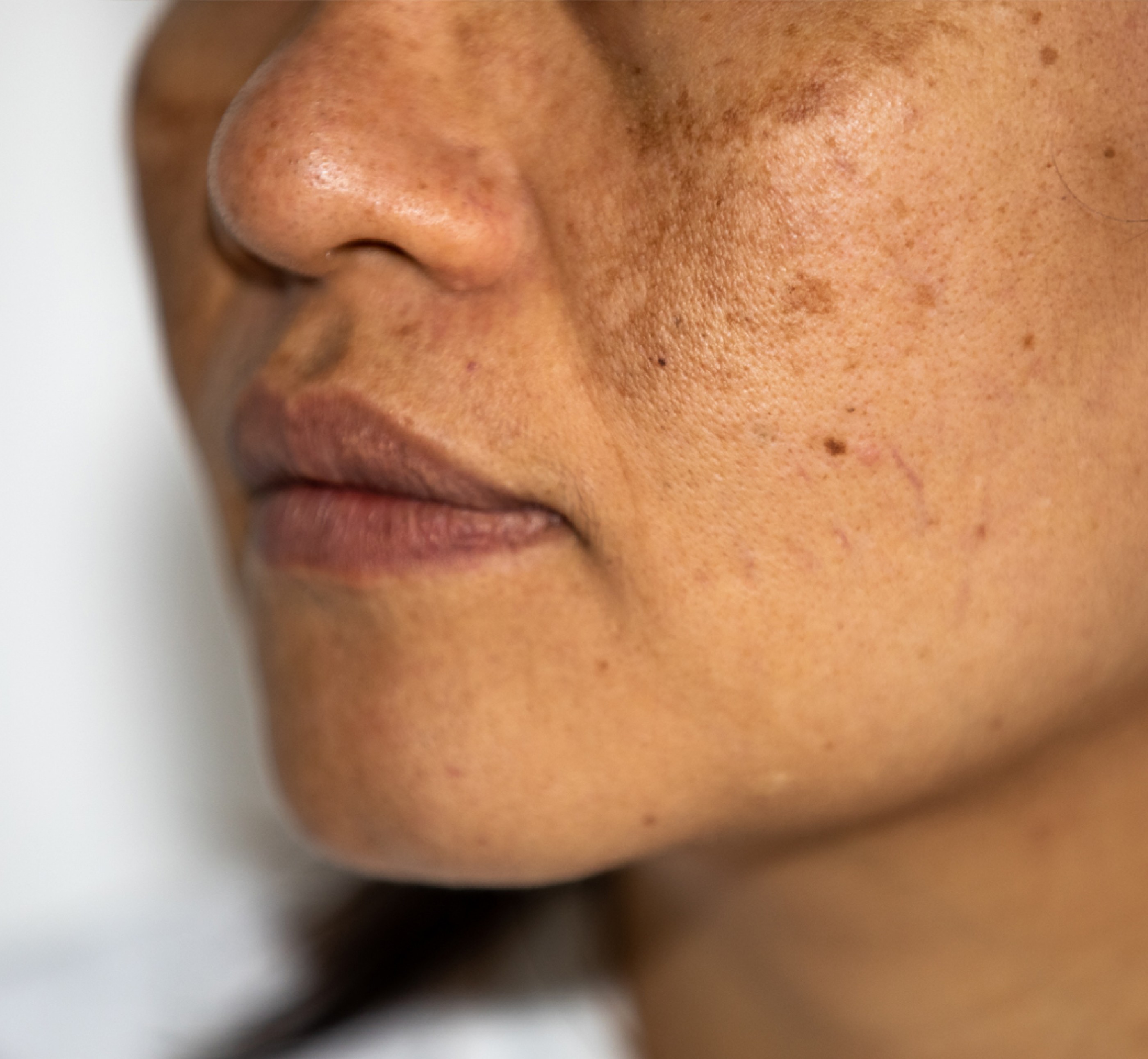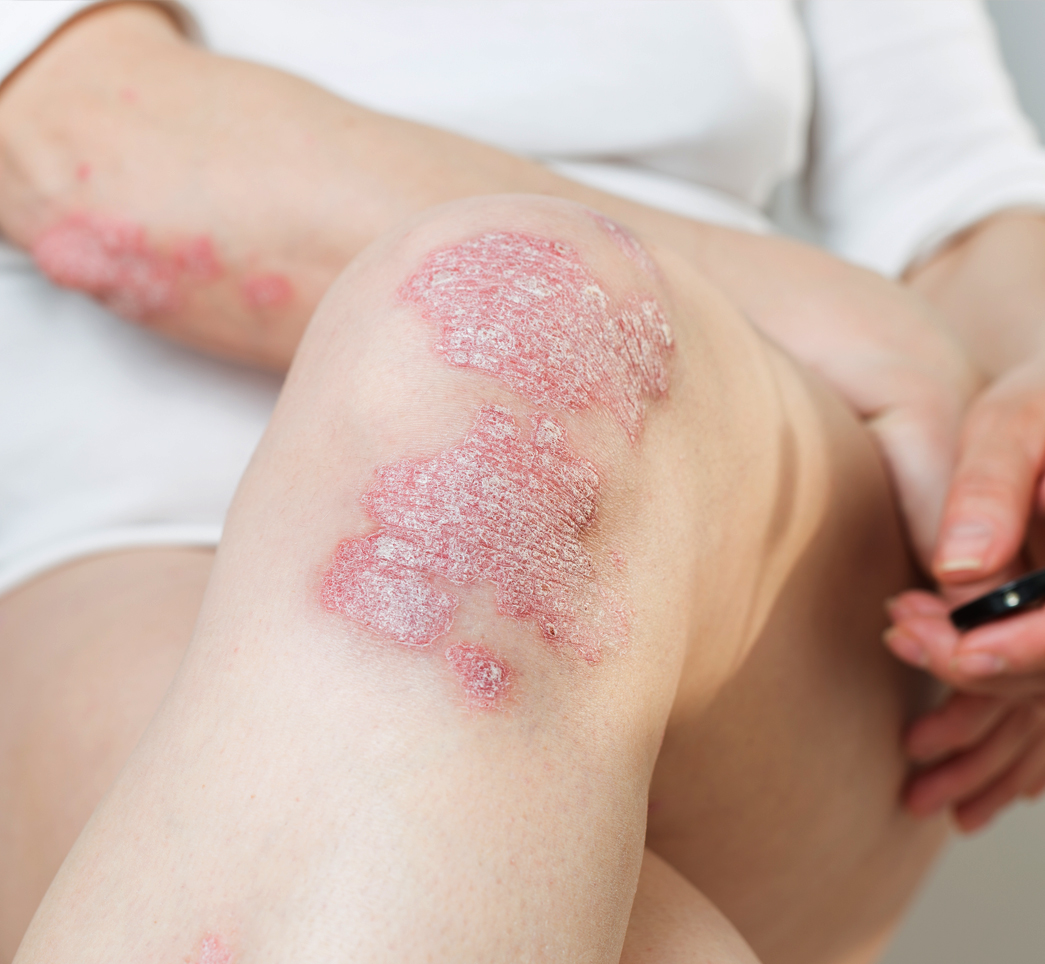The Blog

Skin tags are incredibly common, but if you’ve recently noticed a small flap of skin under your arm, on your neck, or near your groin, you may be wondering: “What causes skin tags — and should I worry?”
Most skin tags are completely harmless, but they can be irritating, cosmetically bothersome, or even linked to underlying factors like friction, genetics, or metabolic conditions. Before deciding whether to remove them, it’s helpful to understand why they form, who gets them, what they look like, and when it’s worth seeing a dermatologist.
This guide breaks everything down simply, starting with the most important question: What causes skin tags in the first place?
Detailed Description of Skin Tags
What size are skin tags?
Skin tags can range from just a few millimeters to a few centimeters in size.What shape are skin tags?
They are typically soft, flesh-colored growths that look like small, hanging flaps or bumps of skin. Most are attached by a thin stalk, called a peduncle.What color are skin tags?
Skin tags are usually the same color as your surrounding skin, but they can sometimes appear slightly darker.
What do skin tags feel like?
Their texture is smooth and soft to the touch, and they often move or wiggle slightly when touched or brushed against.What Causes Skin Tags?
Skin tags form when skin rubs against skin or clothing, which triggers extra growth of the outer skin layers.
Several factors increase your chances of developing them:
Friction: Common in the neck, underarms, groin, eyelids, or under the breasts.
Genetics: Some people are simply more prone to them.
Age: More common after age 40.
Insulin Resistance & Metabolic Syndrome: People with prediabetes or diabetes tend to develop more skin tags.
Weight changes: More skin folds = more friction.
Pregnancy: Hormones may play a role.
Prevalence
Skin tags are a common skin condition, affecting nearly 46% of the population at some point in their lives. These small, benign growths are found on various parts of the body, especially in areas where skin rubs together, such as the neck, armpits, and groin. Despite their frequency, many people may not notice them unless they become irritated or are located in a highly visible area. Their widespread occurrence underscores the importance of understanding skin tags and their management, as they are a common concern brought to dermatologists.
Age Factor
While skin tags can occur at any age, they are more prevalent among middle-aged and elderly individuals. This increased incidence in older adults may be due to changes in skin elasticity and the cumulative effects of skin friction over time. However, skin tags can and do appear in younger individuals as well, particularly in those who are overweight or have a family history of skin tags. This age-related trend highlights the importance of regular skin checks and consultations with dermatologists, especially for those in higher age brackets.
Are Skin Tags Linked to Insulin Resistance?
Some studies suggest a higher number of skin tags may be associated with insulin resistance — a condition where the body has difficulty processing sugar efficiently. This doesn’t mean skin tags automatically signal diabetes, but it may be worth discussing metabolic screening with your healthcare provider if you have multiple or rapidly increasing skin tags.
Health Associations
Skin tags have been linked to several health conditions, including insulin resistance, obesity, and metabolic syndrome. These associations suggest that skin tags may be more than just a cosmetic issue and could potentially serve as markers for underlying health conditions. For instance, insulin resistance, a precursor to type 2 diabetes, has been frequently observed in individuals with numerous skin tags. Despite these associations, it's important to note that skin tags can also develop in people without these conditions, indicating that multiple factors, including genetics and skin friction, play a role in their formation.
Skin Tag Treatment Options
Skin tags, although harmless, can be removed for cosmetic reasons or if they cause discomfort. Before choosing a treatment method, it's important to consult with a qualified dermatologist to ensure the skin tag is benign and to select the most appropriate removal technique. While some methods can be performed at home, professional treatments are generally safer and more effective.
Here are some common treatment options:
Cryotherapy (Freezing)
Description: This method involves applying liquid nitrogen to the skin tag, which freezes it.
Procedure: The skin tag falls off after a few days post-treatment.
Advantages: Quick and effective, often used for smaller tags.
Cauterization (Burning)
Description: This technique uses heat to burn off the skin tag.
Procedure: A device like an electric cautery tool is used.
Advantages: Effective for larger tags and usually prevents bleeding.
Surgical Removal
Description: A simple surgical procedure to cut off the skin tag.
Procedure: A scalpel or surgical scissors are used under local anesthesia.
Advantages: Immediate results and effective for larger or more stubborn tags.
Ligation
Description: This involves cutting off the blood supply to the skin tag.
Procedure: A surgical thread is tied around the base of the tag, causing it to wither and fall off.
Advantages: A less invasive method that can be done at home but should be supervised by a healthcare provider.
Over-the-Counter Solutions
Description: Various OTC products can be used to remove skin tags.
Procedure: These include creams, solutions, or devices designed to freeze or dry out the skin tag.
Advantages: Non-invasive and can be done at home, though effectiveness may vary.
Skin tags may seem like a minor issue, but their impact on comfort, confidence, and even overall health can vary from person to person. Whether you’re seeking relief from irritation, looking to boost your self-esteem, or simply curious about the best treatment options, addressing skin tags doesn’t have to be overwhelming. At Johns Creek Dermatology, serving Sandy Springs and the Metro Atlanta area, we understand the personal nature of skin concerns and are here to provide compassionate, expert care tailored to your needs.
If you’re ready to take the next step, we’re here to help. Schedule a consultation with Dr. Timani at Johns Creek Dermatology located in Johns Creek (North Atlanta), and let us guide you toward a solution that leaves you feeling confident and cared for. Contact us now to get started!












